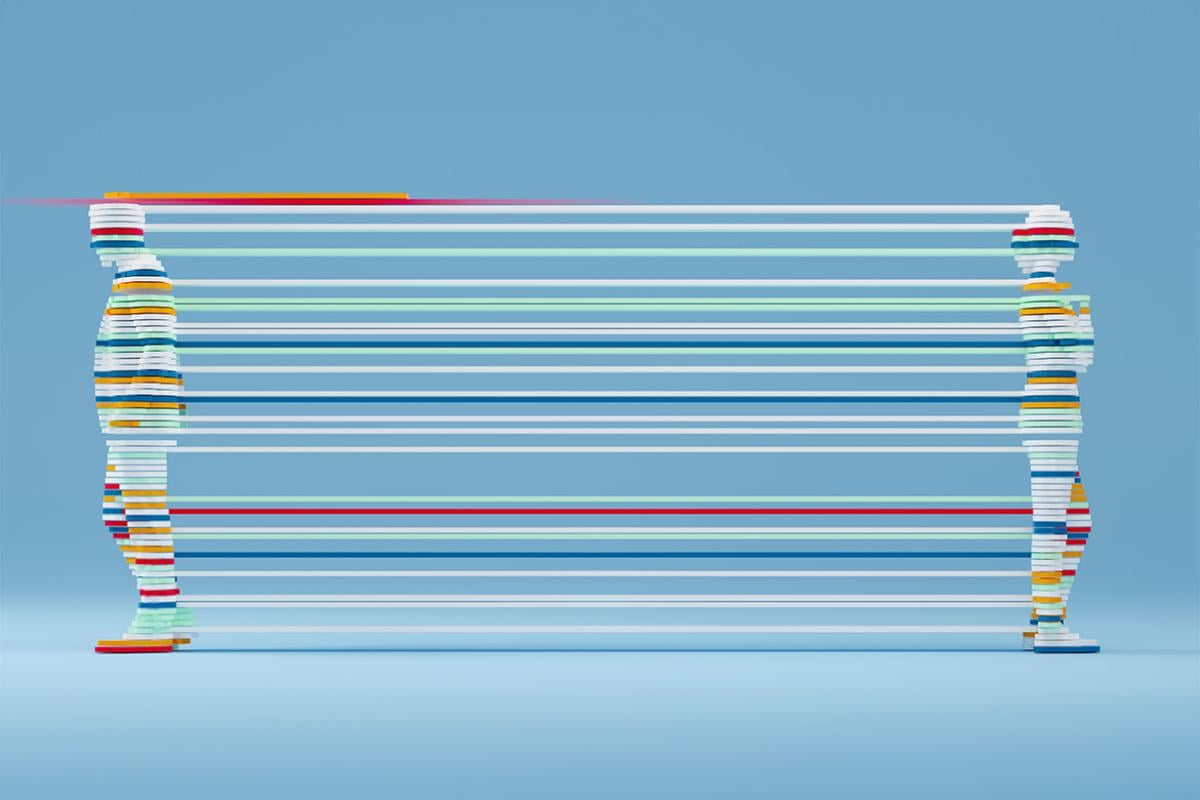Accurate blood-pressure measurement is a foundational skill for any physician, yet many medical students get trained on it just once—early in their four years, and never again.
This shortcoming of medical education is all the more glaring when you consider that some 116 million Americans—well over one-third of the U.S. population—have hypertension and less than half have it controlled to goal. One of the big reasons for the latter: inaccurate BP measurement in clinical settings and at home.
Some medical schools are starting to right the ship. One of them, Morehouse School of Medicine (MSM), was recently awarded an AMA grant to pilot curricular updates that expand BP measurement training for medical students, as well as for students in its physician assistant (PA) program.
Do you really know?
“We think about the project as going all the way back to the basics,” said Cinnamon D. Bradley, MD, associate professor of medicine at MSM. “That means stepping back from the downstream issues and acknowledging that medical educators have been taking it for granted that clinicians know how to measure BP and that blood pressures are getting measured correctly in the clinical setting.”
The centerpieces of MSM’s project are several new online training modules developed by the AMA to help physicians in training improve their initial BP-measurement skills and keep their knowledge sharp in practice. The first in the series, “BP Measurement Essentials: Student Edition,” is a 40-minute e-learning module designed to teach all health profession students the fundamentals of blood pressure measurement.
How it looks in action
The module is being used in MSM’s “Fundamentals of Medicine 1” course for all 110 of the school’s first-year medical students, where it will be introduced classroom-style and complemented by a slideshow presentation about why there are health inequities in hypertension.
The following week, students will put what they’ve learned into practice with their peers in a clinical skills teaching center, where they will work with both manual and automated cuffs. About a month later, each will complete an observed structured clinical exam with a standardized patient, precepted by a faculty member. Students will also complete pre- and post-surveys measuring their comfort level measuring blood pressure as part of the evaluation.
Similar programs are about to start for first-year PA students and second-year medical students. The modules could also help train third-year medical students, as well as physicians years into practice.
“This kind of thing had been covered by the USMLE Step 2 CS, the clinical skills exam,” Dr. Bradley said. “Since they don't do CS anymore, students have asked, ‘Can you cancel that?’ But we would never cancel it. It’s a great opportunity to see them utilize their clinical skills.”
More help with BP measurement
“BP Measurement Essentials: Student Edition” ensures students are learning the latest evidence-based techniques from the same curriculum as their peers and future care team members by providing instruction on a number of topics critical to BP measurement, including the basic concepts of BP measurement, how to properly prepare and position a patient for BP measurements, and how to perform BP measurements on a manual, semi-automated and automated office BP device.
It is complemented by both a 10-minute refresher and a 15-minute training on self-measured BP (SMBP) essentials. All are designated for AMA PRA Category 1 Credit™.



